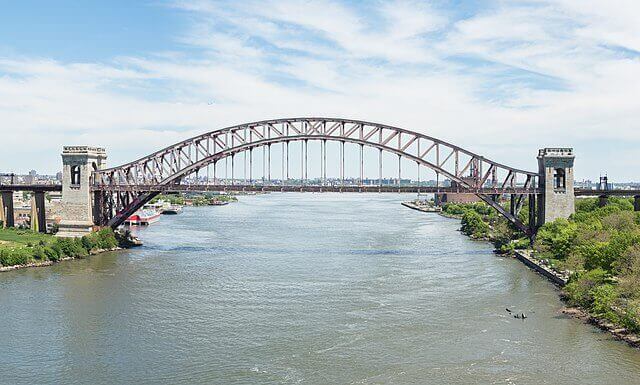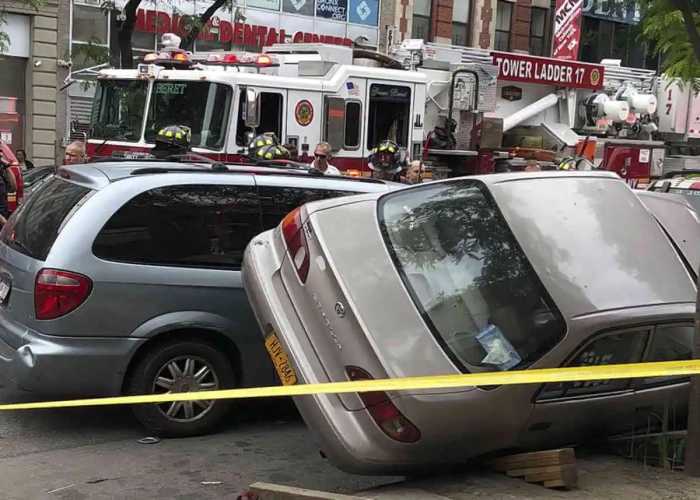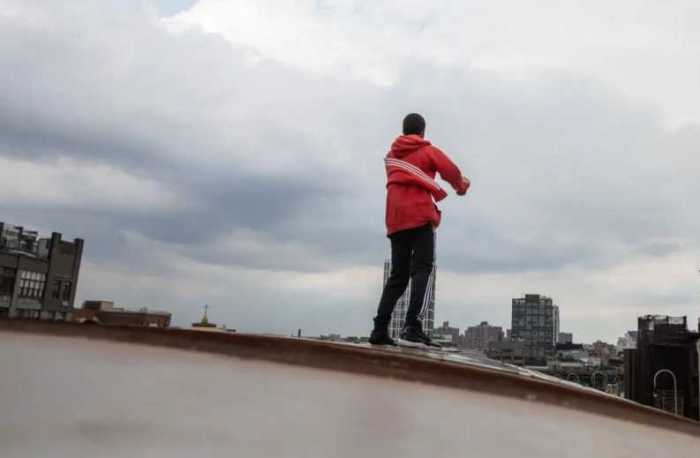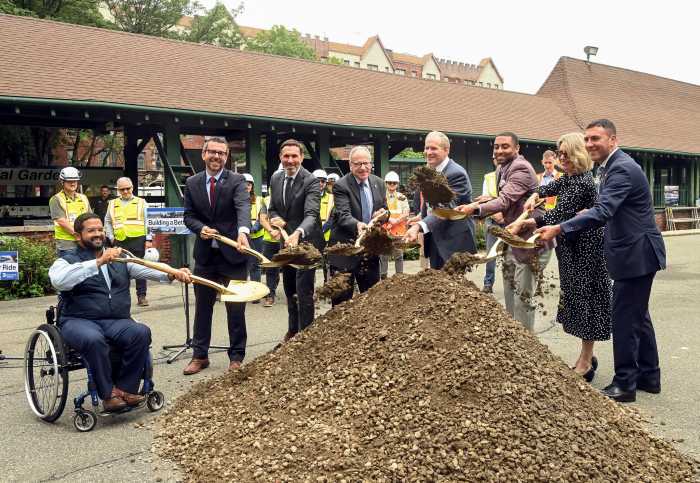A withering dispute between the Metropolitan Transportation Authority and Amtrak could lead to delays in the completion of the Penn Access megaproject bringing Metro-North trains to Penn Station, MTA bigwigs charged Monday.
The $2.8 billion project broke ground last month with the start of construction on four new Metro-North stations in the Bronx, enabling residents of the borough’s eastern shore to commute into Manhattan’s west side and, along with the Long Island Rail Road’s new terminal at Grand Central Terminal, creating a more integrated regional rail network in the New York metropolitan area. Work on the project is scheduled for completion by 2027.
But at the agency’s monthly board meeting on Monday, MTA honchos asserted Amtrak is stonewalling on a pre-negotiated agreement to schedule service outages on the Hell Gate line, a key right-of-way on Amtrak’s Northeast Corridor between Queens and Westchester County where intensive capital work is integral to the project’s success. The Hell Gate Bridge between Queens and Randalls Island carries Amtrak trains as well as several freight lines.
Another issue is the provision of “force account” Amtrak staffers to assist MTA workers on the railroad’s property.
Should that dispute go unresolved, the agency is warning the megaproject risks becoming a mega-boondoggle the likes of East Side Access, whose cost ballooned to more than $11 billion and took decades to complete.
“The largest risk for the project remains coordination with the existing operating railroads, particularly Amtrak and CSX,” said Tom McGuinness, a senior vice president at MTA Construction & Development, at the board meeting. “To take advantage of lessons learned from East Side Access and Harold [Interlocking], we entered into an agreement at the start of this project, where Amtrak committed to providing track access and force account staffing to keep the project on schedule.”
“Amtrak has not provided the access or resources,” McGuinness continued. “And as a result, after just one year, the project is potentially six to nine months behind schedule.”
MTA and Amtrak leadership are currently in talks to clean up the mess, said MTA construction chief Jamie Torres-Springer, with the two currently attempting to gin up a “recovery schedule.” Unable to agree on nights and weekends, the MTA wants Amtrak to commit to a longer-term service outage, possibly as long as eight months, on the line — including the Hell Gate Bridge — starting in March, but hasn’t gotten the thumbs up.
“The main feature of that recovery schedule is a long-term outage, as much as eight months, that they will give us starting in March so we can catch up on work and do so with much less required support from Amtrak while we’re doing it, since we’ll have the long-term outage,” said Torres-Springer. “We’re counting on Amtrak to live up to this agreement and to this commitment for the long-term outage.”
Reps for Amtrak did not respond to a request for comment.
MTA Chair and CEO Janno Lieber said at the board meeting that lessons had been learned from East Side Access’ billion-dollar-trainwreck, including to consolidate rather than “balkanize” project work and itemize every necessary task to get the job done.
But another key, he said, has been to proactively embark on painful, but temporary, service outages on key rights-of-way to allow simplified, expeditious work on projects and prevent delays; discord between the MTA and Amtrak on reconstruction of Queens’ Harold Interlocking prevented work on the junction’s tracks and led to massive and costly delays on East Side Access, he argued.
“This is the dynamic that got East Side Access into the hole,” said Lieber. “There’s probably a billion dollars of extra costs in East Side Access, maybe more, from the problems that that project had.”
Without Amtrak’s cooperation, the lessons learned cannot become lessons applied, the chair argued, and to prevent such a scenario the MTA would consider options up to and including suing the national carrier.
“We have a repeat of that Harold Interlocking dynamic. But we have legal rights,” said Lieber. “We corrected the trajectory of East Side Access, which basically was in trouble for many many years, and we’re using all those lessons on this. This is the megaproject that we are engaged in right now, Penn Access. And it is the linchpin of the plan to create a truly integrated regional railroad system.”
It’s not the first time the 106-year-old Hell Gate Bridge has snagged the ambitions of transit honchos. Governor Kathy Hochul’s proposed Interborough Express between Brooklyn and Queens was based on an existing proposal by the Regional Plan Association called the TriboroX, which extended up to Co-Op City in the Bronx; the MTA determined that the planned light rail line couldn’t extend to the Boogie-Down due to the excessive traffic already using the Hell Gate Bridge, rendering it unpassable for a high-volume rapid transit line.
For more coverage, follow us on Twitter, Facebook and Instagram @bronxtimes
























